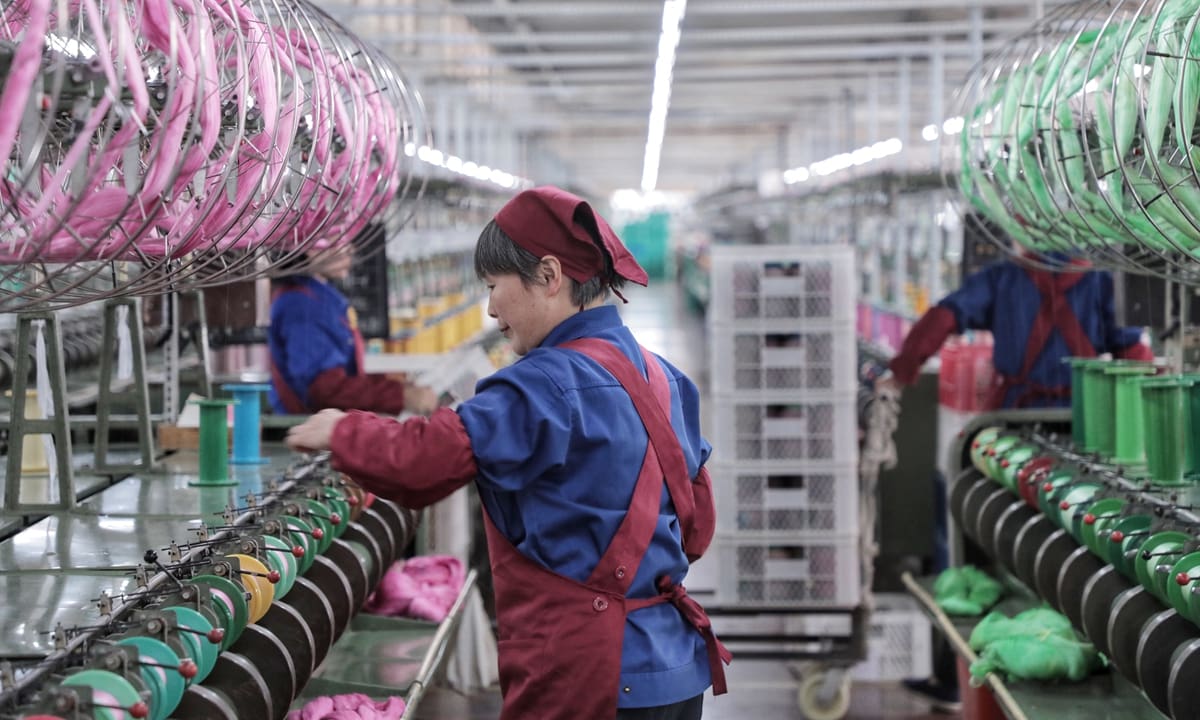The spectre of another “China Shock” is haunting global economies as concerns over Chinese trade practices and their potential impact on domestic industries intensify. The early 2000s saw a massive surge in Chinese exports, leading to job losses and wage declines in sectors like manufacturing. Now, with China’s economic slowdown and increased export activity, fears of a repeat scenario are growing.
Economists and policymakers are expressing concerns that China’s excess capacity may be exported to other countries, potentially displacing workers and hurting industrial activity elsewhere. The International Monetary Fund (IMF) has also raised the alarm about the possibility of a “China Shock 2.0,” emphasising the need for countries to be prepared.
In response to these concerns, nations have been implementing trade barriers to protect their domestic industries. The United States has recently finalised tariff hikes on Chinese products, including higher duties on electric vehicles, solar cells, and steel. India and other countries have also imposed anti-subsidy measures and anti-dumping investigations against China.
The growing trade tensions have taken centre stage in the upcoming US presidential election, with Republican nominee Donald Trump doubling down on his tariff proposals. Trump has suggested imposing a 60% tariff on all goods from China and 10-20% tariffs on products from other countries.
India, despite imposing restrictions, has witnessed a significant increase in imports from China. In 2023-24, imports from China exceeded $100 billion, a substantial rise from $60 billion in 2014-15. Given China’s deep integration into global supply chains, it will be challenging for India to reduce its reliance on Chinese imports.
Over the past decade and a half, China’s share in India’s imports of industrial goods has increased from 21% to 30%. This dependence extends across various product categories, including electronics, machinery, and textiles.
To address these challenges, Indian governments have implemented policies to boost domestic manufacturing and reduce import dependence. While initiatives like the production-linked incentive scheme have shown some positive results, more comprehensive measures are needed. Policies should focus on improving domestic competitiveness, addressing structural impediments, and fostering a conducive environment for the growth of the manufacturing sector.

